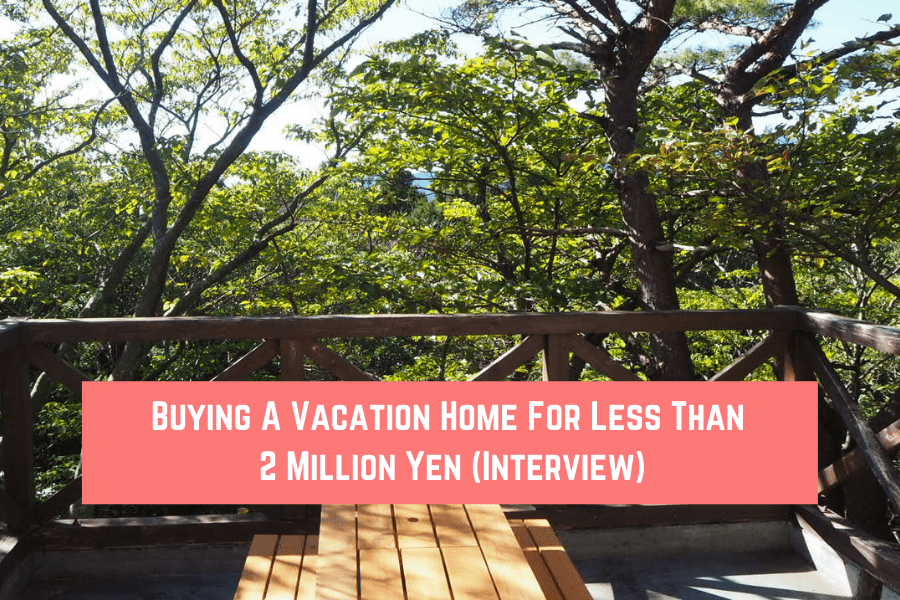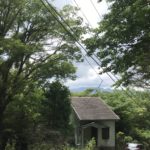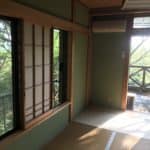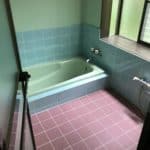Jamie lives in Tokyo and bought a vacation home in the Izu peninsula for under 2 Million JPY. She graciously gave us some of her time for this interview about using her house for remote work, the lessons she learned during the buying process, and even how much it cost to renovate.
*All the photos on this page are of the house Jamie bought and the surroundings.
Would you mind quickly introducing yourself to our readers? How long have you lived in Japan and what brought you there originally?

“I now use the property to work from home for a couple of weeks a month where possible.”
Where is your house? Why did you choose that location?
Jamie: My holiday home is in Kawazu town, located just north of Shimoda in the Izu peninsula. The town is well known for having the earliest blossoming cherry blossoms in the country – Kawazu Zakura, as well as the Kawazu seven waterfalls.
My main residence is still in Tokyo, so it had to be far enough away to feel like a break but within a reasonable distance for accessibility. Kawazu has regular direct trains from Shibuya and Shinjuku within 2.5 hours.
As far as Izu goes, I have always loved Shimoda and it is home to some of my favourite beaches in Honshu. Originally, I was looking closer to Shimoda but a real estate agent took a friend and I further north and happened to show us a house on the mountain that I eventually bought on. The mountain is a pretty special place, hidden away 10 minutes up a winding road, full of streams, trees, monkeys, deer, tanuki, snakes etc. The mountain has a view out to the ocean and the distant Izu islands in one direction, and across the valley to more mountains in the other direction. From what I can gather, the properties on the mountain were developed in the bubble era as a bessochi with only around 40 houses, so very spread out. It is unusual to find such well spaced properties in Japan.
I now use the property to work from home for a couple of weeks a month where possible. I purposefully checked wifi would work for at least 3 people to work from the property at any one time so that I can have friends join me.

“There were a couple of moments as they read the contract where I realized it would have been a good idea to bring a friend or translator along, but figured for such a cheap price it was worth the risk. “
What was the most difficult thing about the buying process? Was there anything surprising?
Jamie: I was genuinely surprised at how easy it was! I don’t speak very good Japanese so expected it to be tricky. There were a couple of moments as they read the contract where I realized it would have been a good idea to bring a friend or translator along, but figured for such a cheap price it was worth the risk.
Approximately how much did you purchase your house for? Were there any unexpected costs?
Jamie: I paid 1.5 million yen at an ATM during my lunch break the day before I signed the contract and received the keys.
I also bought a car that I leave at the station while I’m in Tokyo. This was not an unexpected cost but definitely something to consider.
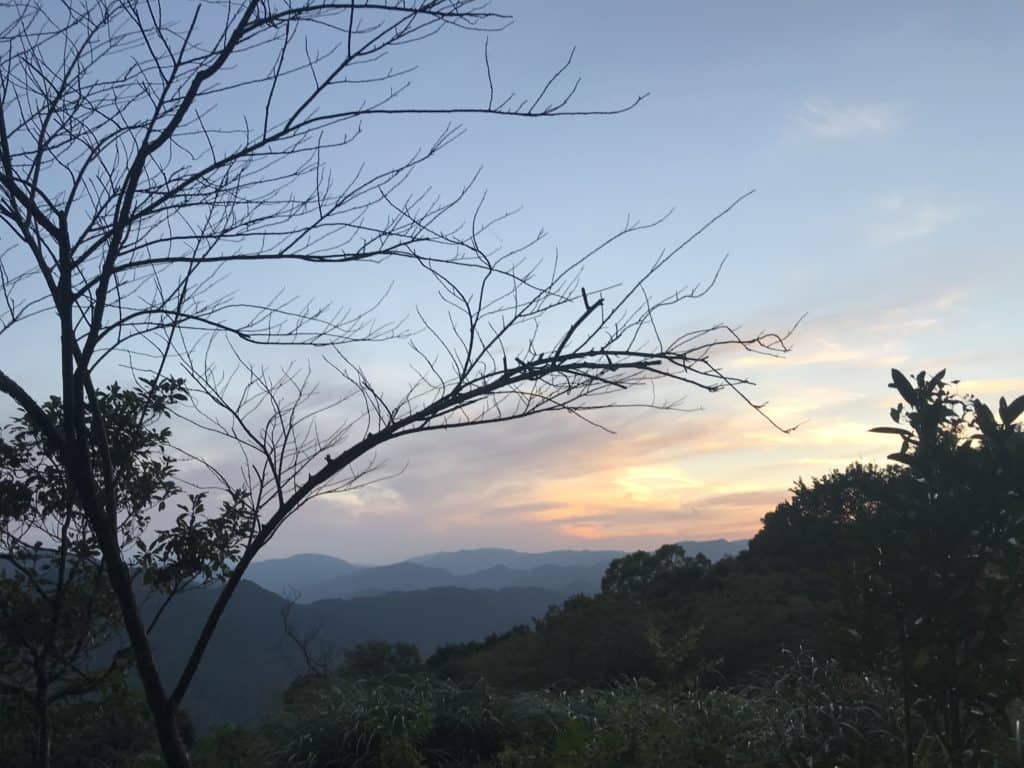
“The mountain is a pretty special place, hidden away 10 minutes up a winding road, full of streams, trees, monkeys, deer, tanuki, snakes…”
What renovations did you do? How long did the whole renovation process take and how much did it cost? Were there any unexpected costs?
Jamie: The house was liveable as is and needed very little done. I decided to remove the tatami flooring though – not a big fan, and I plan to use western furniture. I also decided to build permanent stairs up to the attic which makes for a perfect second bedroom for guests. Additionally, I chose to get help replacing all wallpaper and paint inside the house and a deep clean. All in all I paid around 1m Yen.
In the future, I plan to remove some trees so that I have a direct view to the ocean from the roof terrace but don’t expect it to be a huge cost. One big unexpected cost was electricity for a dehumidifier in the bottom floor. The area gets very humid and the mold was no joke in summer!
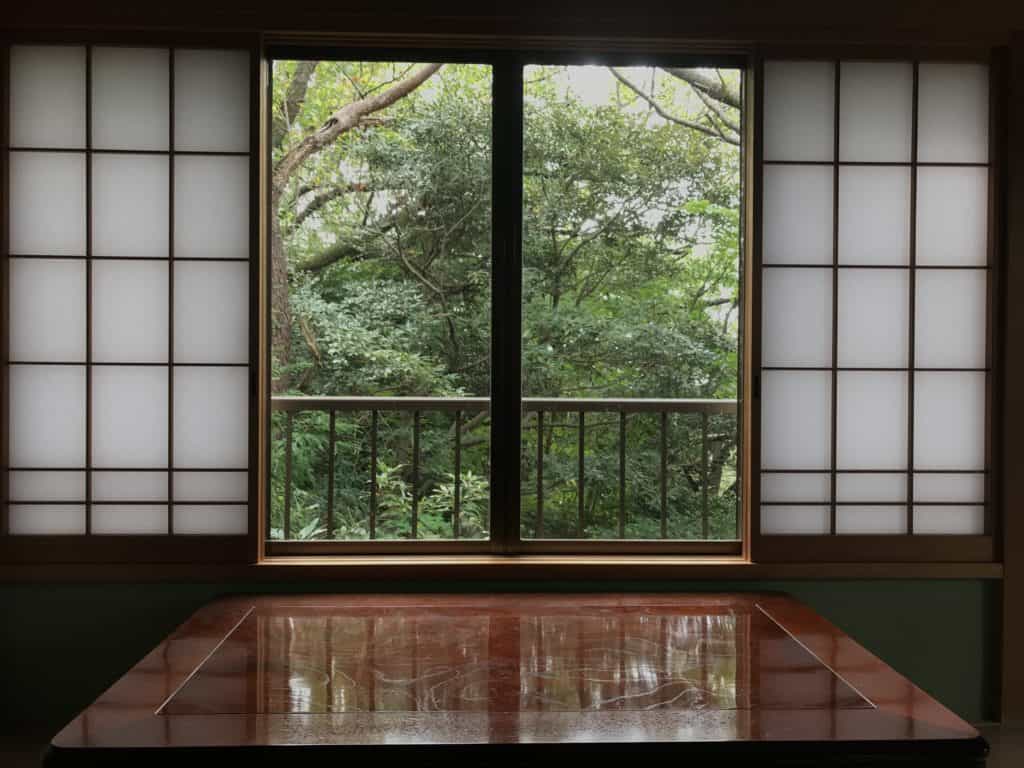
“In the future, I plan to remove some trees so that I have a direct view to the ocean from the roof terrace”
If you could do it all again, what would you have done differently?
Jamie: Researched utility bills. Considered how to monitize it in the months I am not there… perhaps in the future I will airbnb!
Anything else that you’d like to share with Cheap Houses Japan readers?
Jamie: My advice would be to first find the area you like then spend time looking for the individual town’s akiya sites. Often the good deals do not come up on aggregator sites.
Also, be careful on how you approach the existing community. Given my house was built for the purpose of being a holiday home, people don’t mind that I come in and out. I can see this being a very different situation if I had used an existing family home as a seasonal holiday home.
Jamie's House Photo Gallery
A big thank you to Jamie for sharing her story here. What do you think? Would you buy a house like hers in Izu?
If you need inspiration to find your dream vacation house in Japan, follow Cheap Houses Japan on Instagram.
Looking for more advice about buying a house in Japan? Read this article I wrote:
